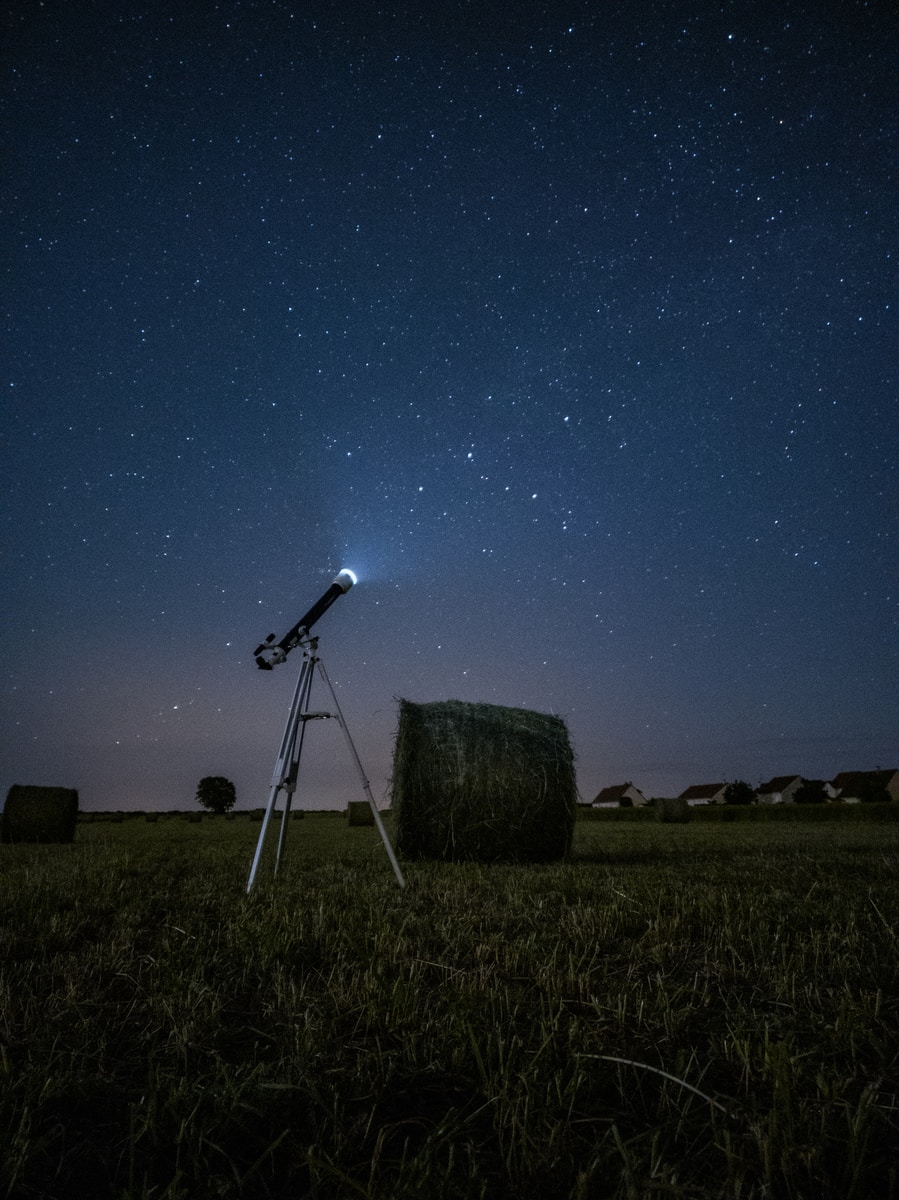The space event of the year is delayed one more time (unfortunately) but it looks like all things are a go for December 24.

That’s when the James Webb Space Telescope launches, capping a round of delays that extends all the way back to 2007.
A blog post on the NASA website by Alise Fisher briefly commented on the reason for the most recent delay, writing, “The James Webb Space Telescope team is working a communication issue between the observatory and the launch vehicle system. This will delay the launch date to no earlier than Friday, Dec. 24. We will provide more information about the new launch date no later than Friday, Dec. 17.”
Promised to have “the coolest camera in space” earlier in December, NASA scientists are eager to get the James Webb Space Telescope off the ground. One of the major innovations of the James Webb Space Telescope involves reducing interference from infrared light generated by the telescope’s own instruments. To achieve this, “the detectors inside the mid-infrared instrument, or MIRI, will have to get even colder: less than 7 kelvins (minus 448 degrees Fahrenheit, or minus 266 degrees Celsius).”
And that’s easier said than done, as cryocooler specialist at NASA’s Jet Propulsion Laboratory in Southern California Konstantin Penanen explains, “It’s relatively easy to cool something down to that temperature on Earth, typically for scientific or industrial applications…But those Earth-based systems are very bulky and energy inefficient. For a space observatory, we need a cooler that is physically compact, highly energy efficient, and it has to be highly reliable because we can’t go out and repair it. So those are the challenges we faced, and in that respect, I would say the MIRI cryocooler is certainly at the cutting edge.”
The James Webb Telescope’s mission statement is equally bold, promising that it “will solve mysteries in our solar system, look beyond to distant worlds around other stars, and probe the mysterious structures and origins of our universe and our place in it.”
Those should be some pretty cool pictures indeed.
If you’ve missed our coverage of the Hubble Telescope and its woes, you can update yourself on that saga at this link right here.
Check out our other photography news on Light Stalking at this link right here.




